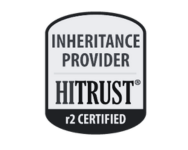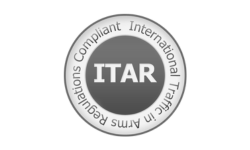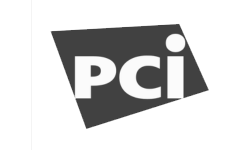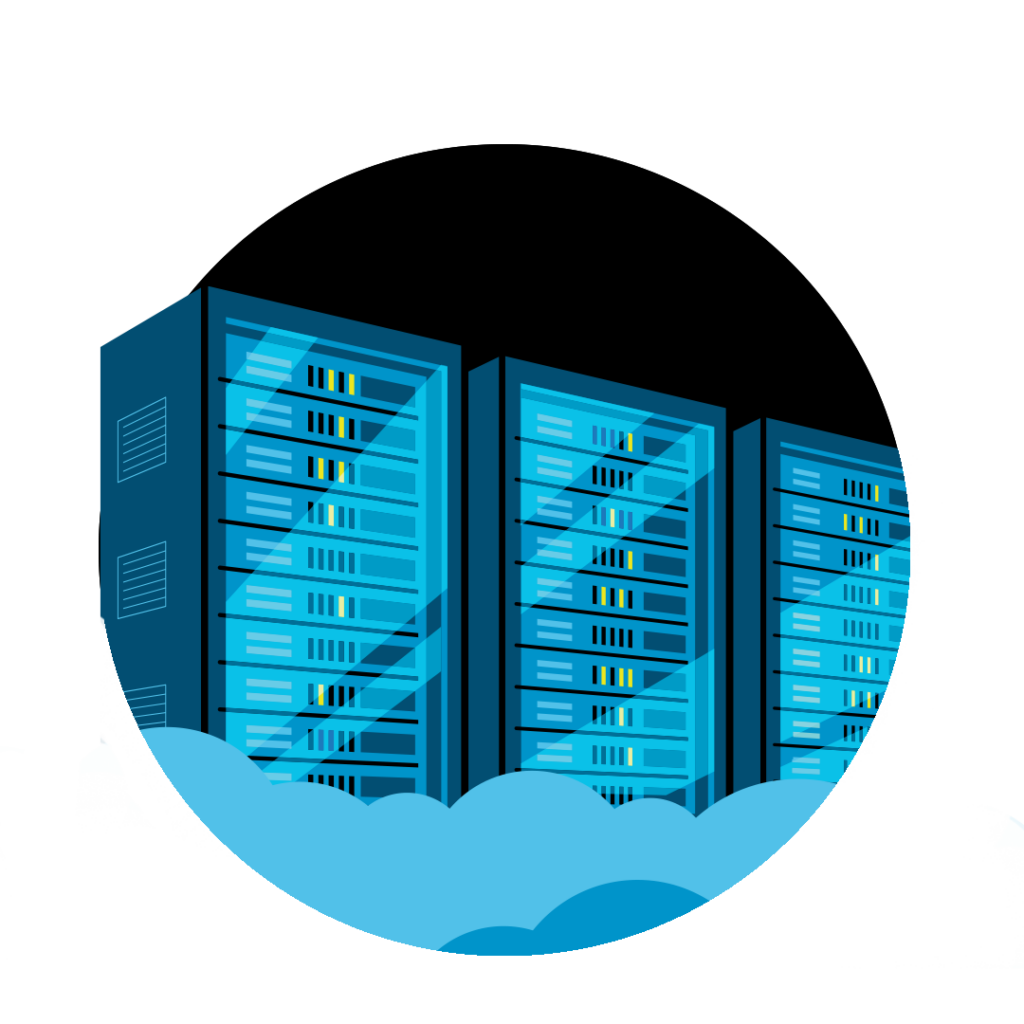IT compliance services
COMPLIANCE COMMITMENT
Navigating Regulatory Requirements
security backed and proven by compliance
Companies of every size and industry face the challenge of meeting complicated and ever-evolving compliance requirements, spending countless hours to ensure their business is safe and passes the next audit.
We share security responsibilities with our clients and are committed to enabling them to be worry-free. Gain a true extension of staff with our team of compliance experts and our in house CIO, gaining back critical time to focus somewhere else.
Fully Compliant:
-
Data Centers
-
Cloud Solutions
-
Managed Services
CJIS
Protect the full lifecycle of your Criminal Justice Information (CJI).

HIPAA & HITECH
Obtain certainty that your ePHI is secure through HIPAA and HITECH regulations.

HITRUST
Confidently provide certification of protected healthcare data through inheriting HITRUST.

ISO 20000-1
Gain confidence that LightEdge internal processes are secure, managed, well-maintained, and continuously improved.

ISO 22301
Compliance with this global security and resiliency standard provides confidence that your business will always be available.

ISO 27001
Have assurance of advanced security practices with our data centers being certified by globally recognized standards.

ISO 27701
The privacy and protection of your data is a priority.

ITAR
There are appropriate controls in place to support the United States International Traffic in Arms Regulations (ITAR)

NIST 800-53
A specific set of security and privacy controls are established to address the processing, storing, and transmitting information.

PCI DSS
Secure the credit card data you process and meet your compliance requirements.

SOC
Trust that controls are in place over financial reporting, security, and availability through SOC 1 Type 2, SOC 2 Type 2, and SOC 3 reports.


COMPLIANCE INHERITANCE
Every facility and offering is built with compliance at the top of mind. There’s no separate platform to worry about, no upcharges for more secure offerings, and direct access to necessary compliance documentation.
Guide to Transformation
Speak to a LightEdge compliance Expert
Reduce the complexity of modernization, optimize your resources and costs, and align everything we do with industry leading security and compliance standards.
